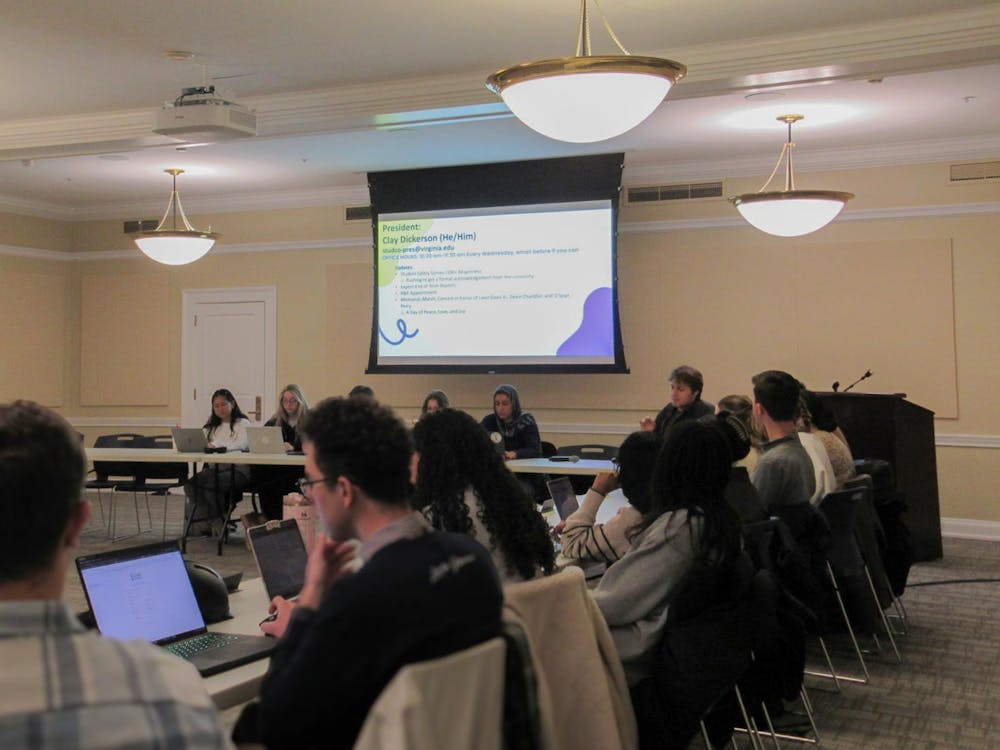Approximately eight miles north of Charlottesville and the University of Virginia on Route 29, near the Charlottesville/Albemarle Airport, there are signs that read 'University of Virginia.' Past these signs, expansive tracts of land spread out in all directions, and a burgeoning, "masterplanned," state-of-the-art community rises amidst the natural beauty of the Virginia landscape. To be exact, 562 acres of land constitute what is known as the University of Virginia Research Park at North Fork. Closer to town and adjacent to the University and Route 29, a smaller, 54-acre spot of land bears the name Fontaine Research Park. These two parks go unnoticed by the majority of students and faculty, who know little about the facilities.
A Vision of Auspicious Benefit
According to Tim Rose, chief executive officer of the University of Virginia Foundation, these research parks are operated and developed by the Foundation, which manages the University's real estate holdings and investments. The Foundation rents research and business space in the parks to private corporations. In many cases, this relationship between public and private sectors allows for corporations and the University to reap both direct and indirect benefits.
"The parks were envisioned by the University in the late 1980s as a way of getting a closer relationship with industry [so] that students and faculty might branch out into the real world," Rose said. "The research done at the Fontaine and North Fork research parks serves to augment the University learning experience."
Susan Pace Lochte, director of the University's Gateway for Technology Commercialization and Economic Development, said companies come to the University research parks when they lack the resources to develop new products on their own. The corporations, according to Lochte, contract sponsored or joint research programs with University research departments.
University of Virginia Foundation Marketing Director Deborah Van Ersel said research at the parks is a collective effort.
"The corporations work very closely with the University's research departments," Ersel said. "The researchers meet with the companies and work with them, tell them what we are currently doing, learn about what the companies are currently doing, and then try to find ways to collaborate."
Rose noted that in having these relationships with corporations, the University would augment its research and provide other benefits.
"The other thing that the University was looking for was to take faculty ideas and nurture them in the real world," Rose said. "They can make the idea of a faculty member into the product of the future."
The Realities of Research
According to Dave Poleykett, manager of research and development at Carlisle Industries, a manufacturer of friction products, his company came to the University in 1996 with the hope of establishing a relationship with the materials science and engineering department.
"One of the original reasons we chose the University of Virginia was because of their relative lack of experience in the friction industry






